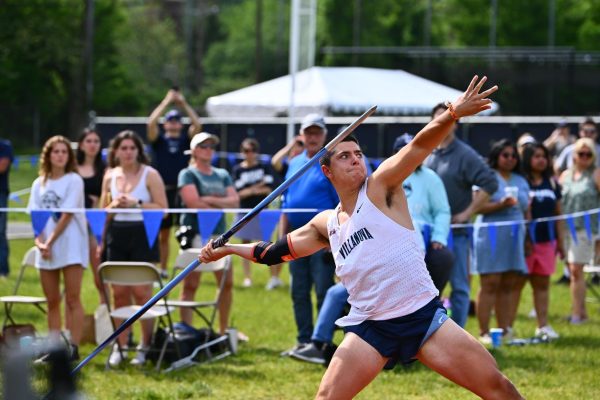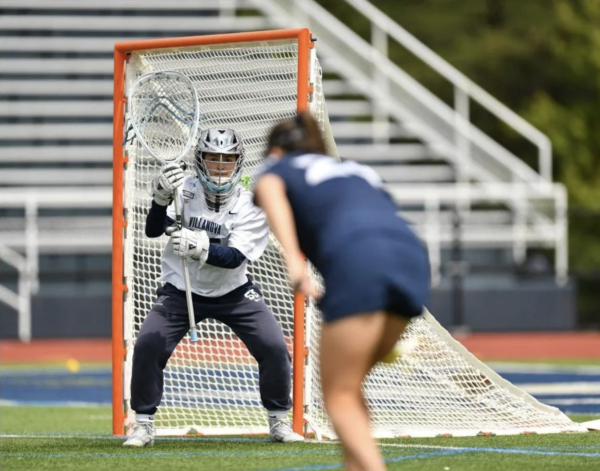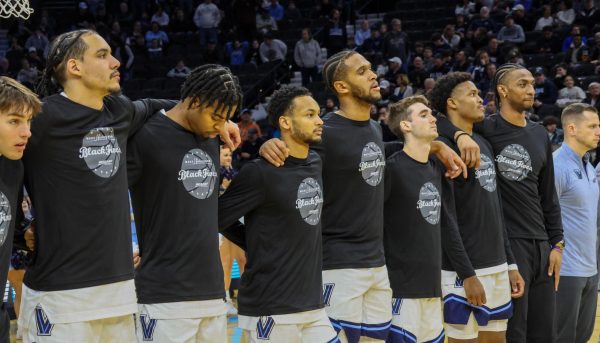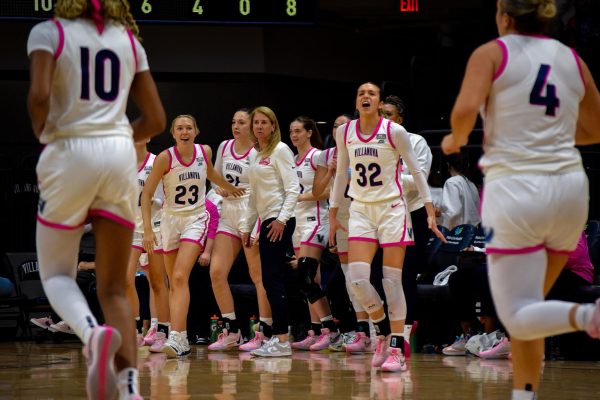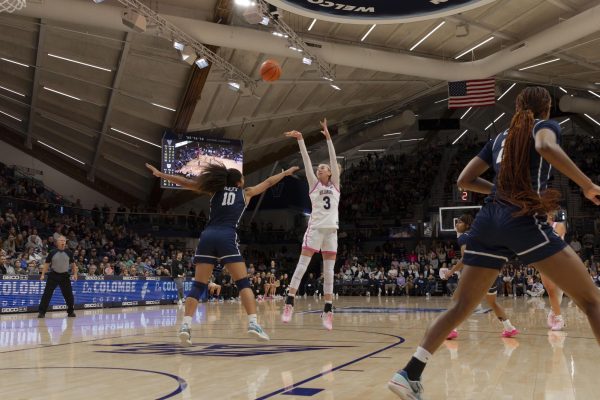OP-ED: Villanova’s ready for FBS football
December 8, 2009
The past couple weeks have been eventful for Villanova’s football conference, the Colonial Athletic Association. The conference saw four teams advance to the FCS quarterfinals, two of which advanced to the semifinals. But all news has not been great. Two conference teams, Northeastern and Hofstra, dropped their respective programs.
Many schools justify a strong yet costly commitment to football as a way to create and maintain a level of goodwill with the surrounding community and alumni, thus indirectly benefiting the institution. Villanova has visited this issue on a number of occasions. In 1981, Villanova dropped the football program. After four years, pushing by the Alumni and support from the Administration caused the reemergence of the program into the less competitive Division I-AA. Villanova revisited the issue in 1996-1997 and decided to keep the program in I-AA as opposed to moving it up.
Now, as economic factors are beginning to take a toll on Villanova’s conference, it is time for Villanova to consider moving to compete in FBS. The program, even in the middle of recession, is as well-positioned for a move to FBS as it possibly can be. On the field, Villanova competes at a high level with remarkable success. The program recruits strong talent and based on the Jeff Sagarin Division I rankings, Villanova is ranked No. 37 of all Division I teams combined, better than teams such as Notre Dame and Boston College. Another significant factor is Villanova’s major conference affiliation. If Villanova were to move to FBS, the move would be to the Big East, and the excitement generated from landing in a BCS conference among heavyweights such as Pittsburgh and West Virginia and being bowl eligible would make an investment worthwhile. Villanova’s prowess in basketball is an asset which can be leveraged as a complement for the football program to offset expenditures.
The biggest drawback to moving to FBS is cost. One cost would be the cost of meeting the FBS players requirement, which doubles due to Title IX regulations. The larger cost would be a stadium which meets FBS capacity requirements. The obvious preference would be to build an on-campus venue, but doing so would cost a fortune.While many options are available, the best option would be the Philadelphia Union’s Soccer Field in Chester. The University would need to make a competitive deal to play in the brand new stadium, and it would have to find a way to add about 5,000 more seats. Once those obstacles are eliminated, FBS football would be just a trip down the Blue Route away.
The fallout for these decisions is potentially far-reaching. The Big East is rumored to be considering a split into two divisions: one for FBS schools and one for the rest. This means significantly diminished competition which will affect recruiting and the financial health of the program. Additionally, football rivals James Madison and Delaware are rumored to be considering a move to FBS, which would further strip the CAA of quality competition. Any of these occurrences would force Villanova into a last minute decision.
Moving up would require a full-scale effort by the school to make budget adjustments. It would necessitate students committing to attend games as if they are Big East brawls at the Wachovia Center. And it would depend on alumni and other Philadelphia-area fans rallying to help the cause.
Villanova must strike while the iron is hot rather than make a rushed decision to do so later, when no other viable options exist. It would be irresponsible for the University not to consider a transition for the first time in over 12 years.
It’s time to make a change before it’s too late.
——————-
Christopher Bellotti is a 2009 graduate. He can be reached at [email protected]



